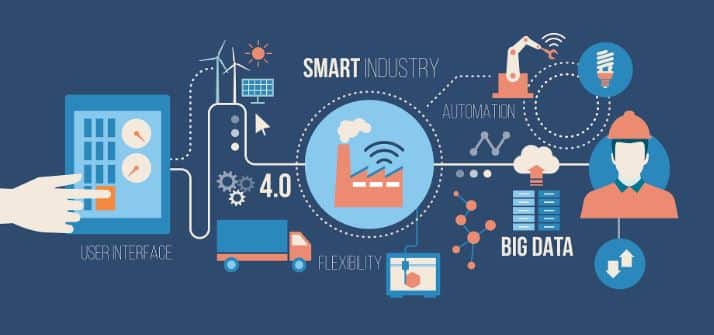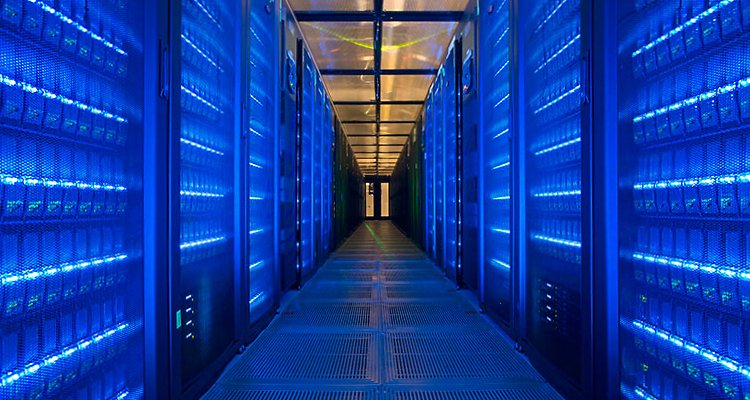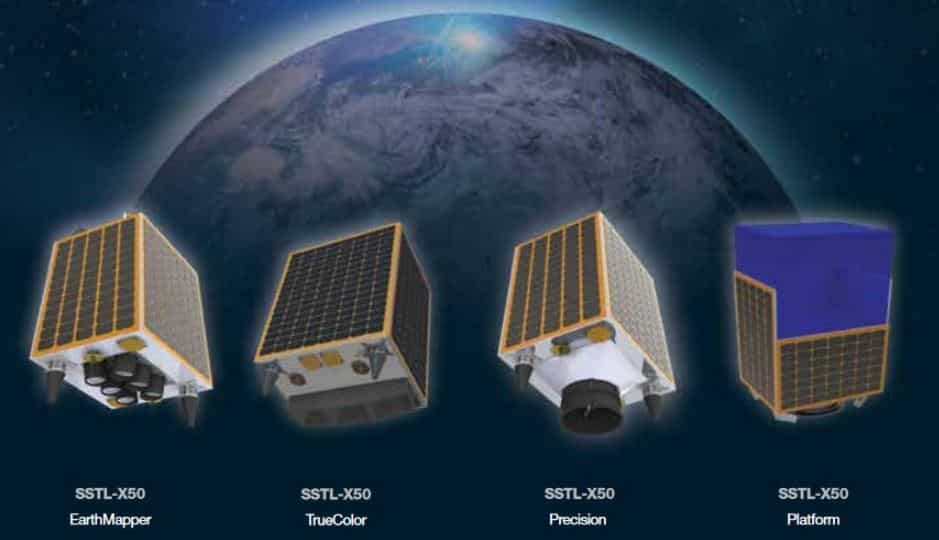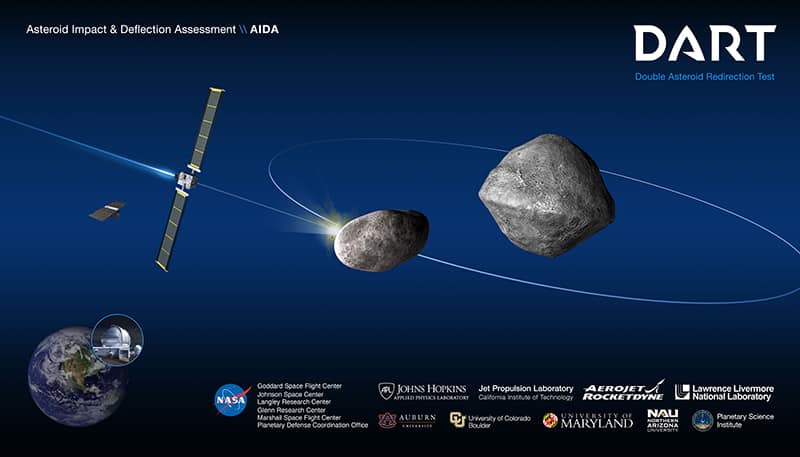Table of Contents

About National Mission on Interdisciplinary Cyber-Physical Systems (CSP)
- It is a comprehensive mission which would address technology development, application development, human resource development, skill enhancement, entrepreneurship and start-up development in Cyber-Physical Systems and associated technologies.
Implementation | UPSC – IAS | PIB
- It aims at establishment of 15 numbers of Technology Innovation Hubs, six numbers of Application Innovation Hubs and four numbers of Technology Translation Research Parks (TTRP).
- These Hubs & TTRPs will connect to Academics, Industry, Central Ministries and State Government in developing solutions at reputed academic, R&D and other organizations across the country in a hub and spoke model.
- They mainly focus on four areas:
- Technology Development,
- HRD & Skill Development,
- Innovation,
- Entrepreneurship & Start-ups Ecosystem Development and International Collaborations.
Significance of Mission | UPSC – IAS | PIB
- It will support other missions of the government, provide industrial and economic competitiveness.
- It would act as an engine of growth that would benefit national initiatives in health, education, energy, environment, agriculture, strategic cum security, and industrial sectors, Industry 4.0, SMART Cities, Sustainable Development Goals (SDGs) etc.
- It will bring a paradigm shift in entire skill sets requirement and job opportunities.
- It is aimed to give impetus to advanced research in Cyber-Physical Systems , technology development and higher education in science, technology and engineering disciplines, and place India at par with other advanced countries and derive several direct and indirect benefits.
Recently cabinet approved the launching of National Mission on Interdisciplinary Cyber-Physical Systems (NM-ICPS) which is to be implemented by Department of Science &Technology for a period of five years.
What is Cyber-physical system (CPS) ? | UPSC – IAS | PIB
- Cyber-Physical Systems is an interdisciplinary field that deals with the deployment of computer-based systems that do things in the physical world. It integrates sensing, computation, control and networking into physical objects and infrastructure, connecting them to the Internet and to each other.
- Examples of cyber physical systems are Smart Grid Networks, Smart Transportation System, Enterprise Cloud Infrastructure, Utility Service Infrastructure for Smart Cities, etc.
Cyber-physical system and its associated technologies, like:-
- Artificial Intelligence (Al),
- Internet of Things (loT),
- Machine Learning (ML),
- Deep Learning (DP),
- Big Data Analytics,
- Robotics,
- Quantum Computing,
- Quantum Communication,
- Quantum encryption (Quantum Key Distribution),
- Data Science & Predictive analytics,
- Cyber Security for physical infrastructure and
**Other infrastructure plays a transformative role in almost every field of human endeavor in all sectors.
Advantages of Cyber-physical system technologies | UPSC – IAS | PIB
- Enhanced security capabilities: It can play role in expediting design and delivery of trustworthy, adaptable and affordable systems, operations in cyberspace and autonomous systems to augment security operations.
- Disaster Management: Cyber-Physical Systems technologies including next generation public safety communications, sensor networks, and response robotics can dramatically increase the situational awareness of emergency responders and enable optimized response through all phases of disaster events.
- Energy: They are essential for the creation of energy infrastructure, optimization and management of resources and facilities and allowing consumers to control and manage their energy consumption patterns like smart meters.
- Healthcare: Cyber-Physical Systems correct-by-construction design methodologies are needed to design cost-effective, easy-to-certify, and safe products.
- Transportation: They can (potentially) eliminate accidents caused by human error, Congestion control, traffic-based grid jams.
- Agriculture: They will play a key role in helping to increase efficiency throughout the value chain, improving environmental footprint and creating opportunities for a skilled and semi-skilled workforce.
Challenges in Cyber-physical system (CPS) | UPSC – IAS | PIB
- Privacy issues: Cyber-Physical Systems technologies that enhance privacy and enable the appropriate use of sensitive and personal information while protecting personal privacy are needed.
- Computational Abstractions: Physical properties such as laws of physics and chemistry, safety, resources, real time power constrained etc. must be captured by programming abstractions.
- Collaborations, Innovation and Entrepreneurship: Addressing the R&D gaps will require close collaborations between industry, R&D systems/Academics/ University and Government.
- Data related challenges: It allows flexible control and resource use; provides conduits for information leakage; prone to mis-configurations and deliberate attacks by outsiders and insiders.
- Infrastructural bottlenecks: This system requires a Sensor and mobile networks hence essential requirement to increase system autonomy in practice requires self-organization of mobile and Adhoc Cyber-Physical Systems networks.
- Human Interaction: Human interaction with Cyber-Physical Systems often encounter a critical challenge when interpreting the human-machine behavior and designing appropriate models that consider the current situational measurements and environmental changes which are crucial in the decision-making processes, particularly in systems such as air traffic systems and military systems.
- Technical barrier: One of the biggest problems that such integrations face is the lack of consistent language and terminology that need to exist to describe cyber-physical interactions.
- Consistency: There are challenges in maintaining the same required level of accuracy, reliability, and performance of all system parts.
Cyber physical system (CPS) vs Internet of things (IoT)
Cyber Physical system (CPS)
- They are physical and engineered systems whose operations are monitored, coordinated, controlled and integrated by a computing and communication core.
- CPS engineering has a strong emphasis on the relationship between computation and the physical world.
- They are not necessarily connected with internet.
- Ex: It may be individual system which integrates the physical and cyber technology like
smart electricity meters.
Internet of things (IoT)
- It is the network of devices such as vehicles, and home appliances that contain electronics, software, actuators, and connectivity which allows these things to connect, interact and exchange data.
- IoT has a strong emphasis on uniquely identifiable and internet-connected
devices and embedded systems. - They are connected to internet.
- The Internet of Things (IoT) forms a foundation for this cyber- physical systems revolution.
- Ex: Smart Home in which all appliances are connected to each other through internet like TV is connected to mobile, lights are connected to mobile etc.










